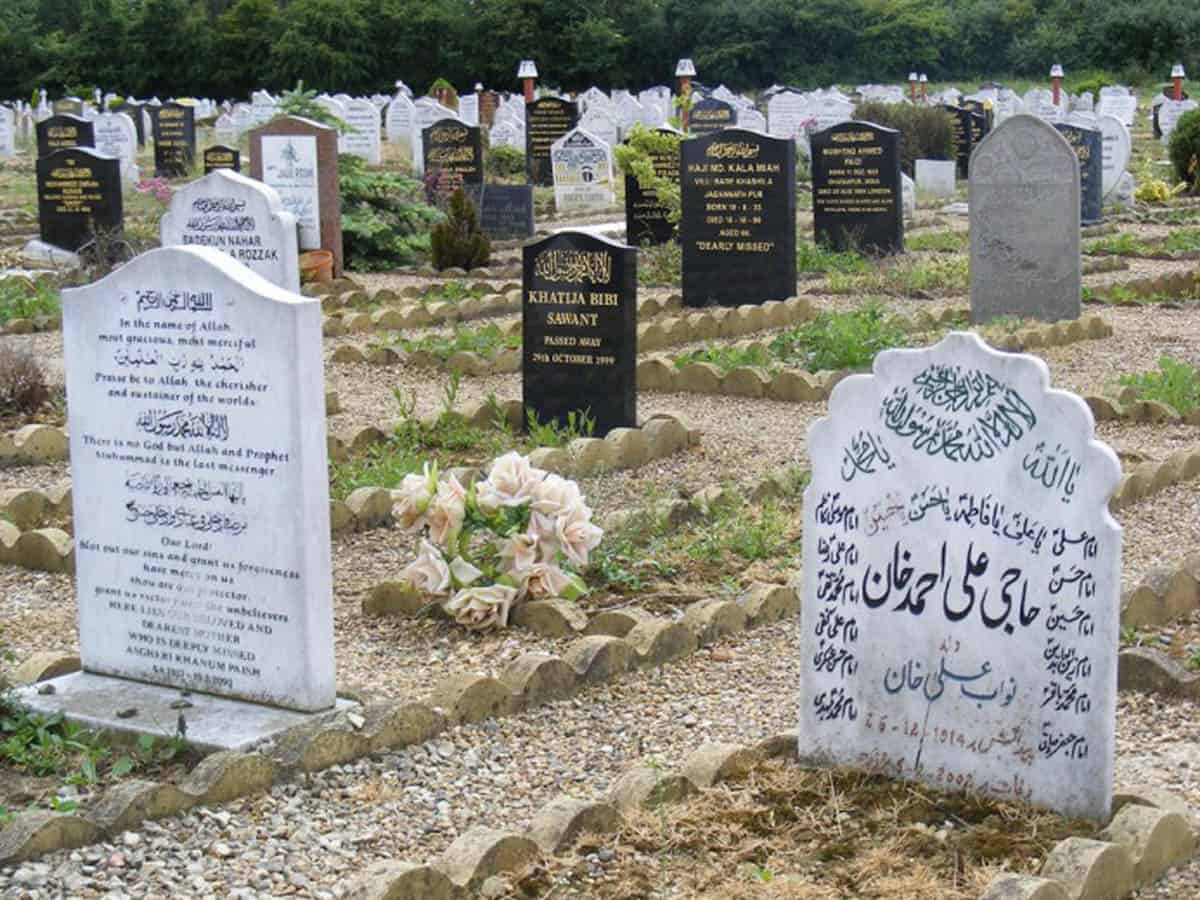The answer was given by Punjab and Haryana High court in the case of ‘Dwarka Das v. Punjab Wakf Board, 1990’.
In the case, a situation arose when the plaintiff-appellant claimed the possession of land which was given to muslims under license by the fore-fathers of Plaintiff to use that land as graveyard. Plaintiff-appellant claimed that after 1947, muslims went to Pakistan and license stood terminated.
After that time, the land was given illegally and without any right, title or interest in the said land, for cultivation. The plaintiff moved the Wakf Board through its Secretary who admitted that the said land was not meant for cultivation and that the Wakf Board had no interest or right with regard to the said land and consequently, the aforesaid lease granted for cultivation was cancelled.
However, the said land again leased out without any right or interest. Therefore, the plaintiff prayed for a decree of mandatory injunction directing to vacate possession of the suit land and not to interfere in their actual possession.
On the other hand, Board maintained that hat the land in dispute was used as Muslim graveyard from the very outset and was used as such from time immemorial and that after the partition of the Country in the year 1947, Muslims continued to live in the village and the character of the land in dispute remained a grave yard. It was further asserted that the suit land vested in the Punjab Wakf Board and it has every right to use for any purpose, it thought fit, and that the lease granted by it, was perfectly valid.
The suit property firstly vested in the Custodian under the law as Trust for the Punjab Wakf Board and with the Constitution of the Wakf Board, its management and control was transferred to it.
The court’s Decision
According to the high court in this case, Under Mahomedans Law, Wakf cannot be created by user. It can only be created by dedication. Even though there may be no direct evidence of dedication to the public, it may be presumed to be a public graveyard by immemorial user i.e. where corpses of the members of the Mahomedans community have been buried in a particular graveyard for a large number of years without any objection from the owner.
In order to prove that a graveyard is public by dedication, it must be shown by multiplying instances of the character, nature and extent of the burials from time to time.
In other words, there should be evidence to show that a large number of members of the Mahomedans community had buried their corpses from time to time in the graveyard. Once this is proved, the Court will presume that the graveyard is public one.
Where a burial ground is mentioned as a public graveyard in either a revenue or historical papers that would be a conclusive proof to show the public character of the graveyard.
Reference
Dwarka Das v. Punjab Wakf Board, 1990
